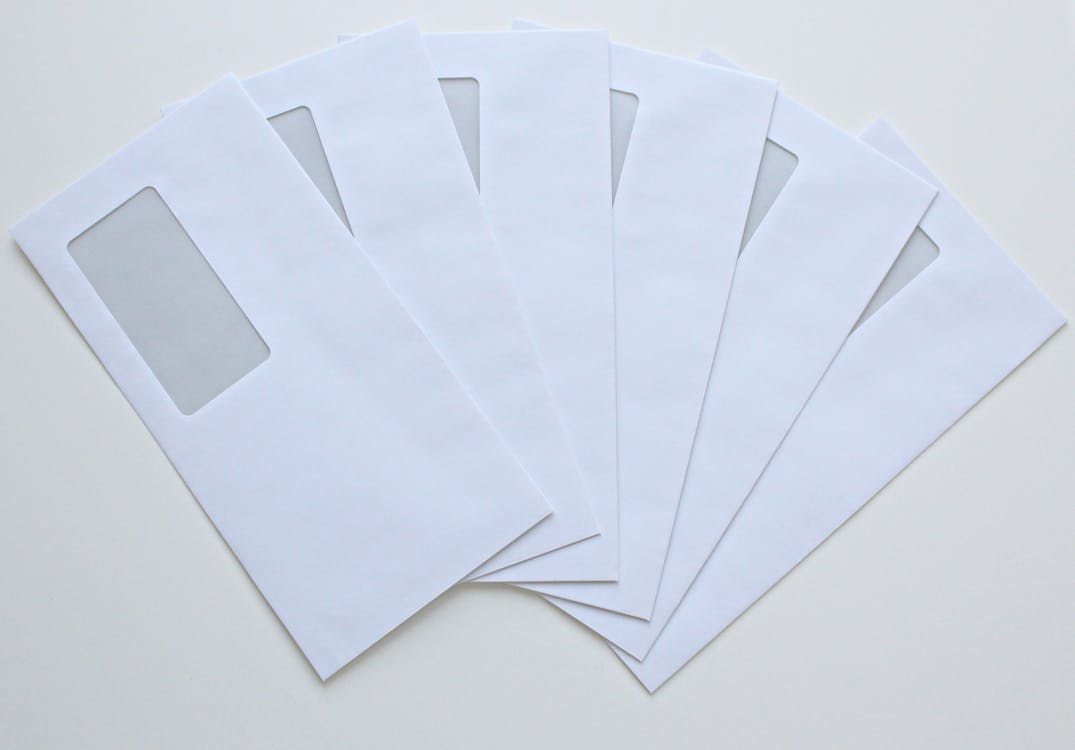26 Aug Stopping the Assault of Spam Mail
Reducing spam, junk, and phishing emails

Ever open your inbox when you get a ping for a new message only to find it’s been besieged by a variety of obnoxious, unwanted offers? Everything from life insurance policies to selling gold to hair restoral now swamps your once tidy inbox, and you don’t know how it happened. The worst part? Even after you delete them, they keep coming. Every day, another pair arrive, then three, then four, until it’s a continuous problem.
Not only is it bothersome, it leaves an air of concern. How did this happen, exactly? You consider yourself a careful web browser, avoiding dangerous websites, so where did it all come from?
We won’t get into big specifics – because we have something better for you: how to get rid of it. Or, at least, how to prevent more of it. But first, spam typically gets into your inbox through unwarranted third-parties. If you’ve ever signed up for a service on a website, or with a company, it’s possible said website has sold your information to various third parties. Those third parties solicit all the random, unwanted junk you receive, hoping to catch at least someone.
To start, here are some essential steps you can follow to slowly cull the assault of spam email.
1 – Don’t Share Your Email
Today, it’s easy to get a free email. We recommend having one set for certain websites, and another for personal, confidential things. Today, every website typically asks for you to join their newsletter or sign up for their “deals” services, or something similar.
Problem is, that’s an open invitation to receive a flood of sales emails. In some cases, you’ll receive offers unrelated to the domain, starting a chain reaction of junk. If you’re not sure how a website handles email privacy, use a disposable one instead.
2 – Identify Junk Email
It certainly helps to distinguish between junk and promotional email. There’s a difference in them, and one you should know so you don’t accidentally send messages you want to the junk folder.
If you’ve willfully signed up for a newsletter, understanding its origins, that’s not junk. But an unsolicited email from third parties you don’t know on subjects you don’t care about is absolutely junk. They also tend to have some telltale signs: caps messages, shoddy message quality, claims of an extremely wealthy foreign relative.
The better you identify junk mail, even from its title, the more effectively you can prevent spam.
3 – Mark that Spam!
Modern conveniences have created email systems which, over time, will automatically flag junk email and banish it to the garbage dimension. Don’t open junk email, don’t reply to it, and never click on the links within. Mark it as spam it is and move on.
Over time, the “smart” filters as part of your email will automatically flag senders and keep them from your inbox. Additionally, you can just block senders after marking them to reduce the problem.
4 – Change Email Address
When all else fails, you can change your email address. We don’t recommend this unless there’s no other option – and with built in blocking features/filters, it’s not necessary. But sometimes you want to “cut the cord” and disassociate yourself with an address to prevent further incoming junk.
With these simple steps, you can thwart even the most obnoxious tide of spam email.
If you’d like to learn more about dealing with junkmail, you can contact as Bytagig.
Share this post:

Sorry, the comment form is closed at this time.